Did you know that about 80% of tsunamis start in the Pacific Ocean’s “Ring of Fire”? This area is very dangerous for coastal areas. Tsunamis can move fast, up to 500 miles per hour, and can be over 100 feet tall when they hit land12. It’s very important to be ready for emergencies, especially if you live near the coast, like in Hawaii or on the U.S. West Coast.
Knowing about tsunamis is key. They have caused many deaths, like the 2004 Indian Ocean tsunami that killed 230,000 people. Learning the right ways to survive can help a lot. Paying attention to signs like shaking, water pulling back, or a loud ocean sound can save your life32.
Being ready means knowing where to go and what to do when a tsunami warning comes. Places near the sea that are less than 25 feet high are very dangerous. Tsunamis can go up to 10 miles inland1. This article will teach you important survival skills and how to be ready for a tsunami.
Key Takeaways
- Tsunamis can travel at speeds of up to 500 miles per hour, emphasizing the need for prompt action.
- Coastal areas along the Pacific Ocean face the highest risk of tsunami activity.
- Learning to recognize natural warning signs is crucial for survival during a tsunami event.
- Preparedness can significantly reduce the potential dangers associated with tsunamis.
- Various disaster survival strategies can enhance safety and increase one’s chances during a tsunami.
Understanding Tsunamis
Tsunamis are huge waves that form from underwater events like earthquakes or landslides. They are a big threat to coastal areas. Knowing what a tsunami is helps us prepare, as these waves can move fast and get very high4. Places near the Pacific Ocean and Caribbean are especially at risk4.
The damage from tsunamis is huge. For example, the 2011 disaster in Japan caused over $100 million in damage in California5. Tsunamis are like rivers filled with debris, not just waves5.
The long-term effects of tsunamis are scary. The 2004 earthquake in Sumatra killed about 230,000 people in 14 countries6. To stay safe, try to get to high ground or two miles from the coast6.
When preparing for tsunamis, remember the first wave isn’t always the biggest. Bigger waves can come hours later6. It’s also important to have flood insurance, as regular insurance doesn’t cover tsunamis4.
Learn how to prepare fordisasters by creating an emergency.
Recognizing Natural Warning Signs
Knowing the warning signs of tsunamis is crucial in tsunami-prone areas. A strong ground shaking often comes before a tsunami. You might also hear a loud roar, like a freight train, warning of a tsunami.
Another sign is when the ocean waters pull back, showing the ocean floor. This usually means a big wave is coming.
Being ready to react to these signs is key. People living by the coast should watch out for earthquakes. Quick action can save lives, as tsunamis can hit without warning.
Having a plan for emergencies is very important. Everyone should talk about their emergency plans and know the escape routes. Learning about signaling methods can help increase chances of being found and rescued.
Knowing these warning signs is a big part of being prepared for emergencies. By staying alert and knowing what to look for, you can keep safe. These signs are vital for staying safe and making smart choices when a tsunami threat appears7.
Emergency Preparedness for Tsunami Risks
Living in coastal areas means being ready for tsunamis. These disasters can be huge, reaching over 100 feet high. Knowing evacuation routes is key to staying safe8.
Head to places at least 100 feet above sea level and two miles inland. This is the best way to stay safe during a tsunami8.
Having emergency communication plans is crucial. Find different ways to get tsunami warnings, like radio, TV, and mobile alerts. Also, know the three alert levels: Danger, Warning, and Advisory9.
It’s also vital to know local evacuation routes. The fastest way to high ground can save lives. Tsunamis move fast, up to 600 mph, so quick action is needed9.
Preparing a disaster supply kit for different places is important. This ensures you’re ready for any situation.
Joining community emergency programs, like CERT, helps a lot. Being part of these groups means you learn more about safety. Don’t forget about mental health; tsunamis can cause a lot of stress and emotional challenges8.
Survival Skills for Tsunami Situations
Living in areas prone to tsunamis means learning survival skills is a must. Knowing disaster survival strategies can save lives. First aid, navigation, and communication are key when time is short.
It’s vital to practice evacuation drills. Knowing escape routes and safe spots can save lives. Communities should test tsunami alarms often to stay ready10.
Having the right survival gear is important. Carry portable radios, flashlights, and multi-tool kits. These self-reliance skills help face disaster challenges. Coastal areas like Ocosta School District in Washington are building vertical evacuation structures to help survive10 and11.
Act fast during a tsunami. You might have just 15 to 20 minutes to get to safety. Past disasters show that even with tech, nature’s risks remain. Keep learning survival skills like building shelters, purifying water, and starting fires. Learn more about essential survival skills.
| Skill | Description |
|---|---|
| First Aid | Administering medical assistance in emergencies, essential for injuries during disasters. |
| Navigation | Understanding terrain and maps to locate the safest routes to high ground. |
| Evacuation Drills | Regular practice of escape routes to enhance efficiency during a tsunami. |
| Vertical Evacuation Structures | Buildings designed to provide immediate refuge during a tsunami event. |
| Survival Gear | Tools and supplies necessary for sustaining oneself after a disaster. |
Actions to Take During an Earthquake
When an earthquake hits, especially in tsunami-prone areas, safety is key. The best thing to do is to follow the “Drop, Cover, and Hold On” method. This means dropping to the ground, covering under a sturdy piece of furniture, and holding on until it stops shaking.
Once the shaking stops, people in earthquake zones like California, Alaska, and Oregon should head to higher ground. It’s important to know the evacuation routes and act fast. Remember, aftershocks can happen, so stay alert12.
When cleaning up after an earthquake, be careful. Wear protective clothes like long-sleeved shirts, long pants, gloves, and sturdy shoes. This helps prevent injuries from sharp debris. The chance of a big earthquake, like on the Hayward Fault in California, is about 33%13.
If you live in a high-risk area, think about getting earthquake insurance. Regular homeowner’s insurance usually doesn’t cover earthquake damage12. To get disaster updates, visit FEMA.gov. For help, call 800-621-336212.
Moving to Safety During a Tsunami Warning
When a tsunami warning hits, the first thing to do is evacuate quickly. Listen to local authorities for clear instructions. Don’t wait if you see signs of a tsunami coming. Tsunamis can hit any U.S. coast, so everyone is at risk. They move fast, so acting fast is key14.
Walking is usually safer than driving because roads can be blocked by debris or water. Aim to get to a high place, like 100 feet above sea level. If you can, go two miles inland. Make sure your evacuation plan uses local sea level data for the best timing14. For detailed emergency planning guidance, check local resources here
Stay calm and follow your evacuation plan. Putting people’s safety first, especially the vulnerable, is crucial. Remember, saving lives is more important than saving things14
| Evacuation Points | Elevation (Feet) | Distance Inland (Miles) |
|---|---|---|
| Community Centers | 150 | 3 |
| Schools | 200 | 2.5 |
| Parks | 120 | 2 |
| Designated Shelters | 180 | 4 |
Surviving the Tsunami’s Impact
The moments during a tsunami’s impact can be chaotic and life-threatening. Knowing key tsunami survival tips can greatly improve your chances of survival. Floating on debris may become necessary, as tsunami waves are much more unpredictable than regular ocean waves.
Grabbing hold of items like tree trunks or rafts can provide stability and flotation in turbulent waters.
When caught in the waves, it’s important to move with the current instead of fighting against it. Fighting the current can lead to exhaustion, increasing the risk of drowning. Keeping an eye on your surroundings is crucial, as floating debris can be hazardous.
Being aware of the turmoil around you might help you navigate to calmer waters safely.
In the unfortunate event of a tsunami, the initial waves may not always be the most damaging. Subsequent waves can rise much higher, potentially reaching up to 100 feet in height as they surge inland6. Being prepared includes safety measures like recognizing evacuation routes and knowing that tsunamis can strike without prior warning.
Engineers focus on designing buildings that can withstand such catastrophic events, but personal preparedness remains vital15.
Understanding the role of emergency devices plays a critical part in survival. Satellite phones and ham radios could be life-saving tools in emergencies. The knowledge of effective communication strategies is paramount in improving chances of rescue during natural disasters.
Safety Measures After a Tsunami
After a tsunami, staying safe is key. Keep an eye on local alerts for dangerous areas and shelters. It’s also important to avoid floodwaters, as they can have sharp objects and harmful substances.
Take photos of damage for insurance claims. This helps in recovering after a tsunami. It’s good to limit communication to reach emergency services when needed. Always follow evacuation plans, aiming for areas 30 meters above sea level or 3 kilometers inland. This ensures you can get there on foot in 15 minutes16.
Be aware of secondary dangers like landslides and contaminated water17. Aftershocks can be dangerous, so be prepared. Always check with local authorities before going back home. Make sure the place is safe, especially if it’s near water, and there are no gas leaks or flammable liquids16.
Ensuring safety during recovery helps rebuild lives and communities. This is crucial for moving forward.
Long-Term Recovery and Support Resources
Recovering from a disaster like a tsunami takes a lot of work from everyone. The Federal Emergency Management Agency (FEMA) has a guide for long-term recovery. It focuses on getting the community involved18. It’s key to connect with local groups for help with insurance and rebuilding.
These groups can point you to the right resources and emotional support. This is crucial for a full recovery after a disaster.
Rebuilding communities is vital after a tsunami. Keeping in touch with loved ones helps fight feelings of loneliness19. Staying active, eating well, and practicing mindfulness can help manage stress19.
Support groups, online or in-person, are very important. They offer encouragement and help boost self-esteem20. This support is key to getting through the recovery process.
| Support Resource | Description | Importance |
|---|---|---|
| FEMA Assistance | Federal aid for recovery and rebuilding | Provides financial and logistical support for affected areas |
| Local Organizations | Community-based groups offering guidance and resources | Essential for navigating insurance claims and emotional support |
| Peer Support Groups | Groups that offer emotional and practical support | Helps combat feelings of isolation and encourages recovery |
| Health and Wellness Programs | Programs focused on physical and mental health | Encourages healthy living and coping strategies |
Knowing about available resources can make a big difference in recovery. Learning emergency preparedness tips can make communities stronger. Quick access to support after a tsunami can turn things around, leading to a stronger recovery for everyone.
Conclusion
Tsunamis pose a big threat to coastal areas, but people can lower their risk with the right tsunami preparedness. Knowing warning signs and having emergency plans are key. These steps help communities get ready for tsunamis.
Military folks use survival skills to stay alive in tough spots. This shows how important being ready and resourceful is in emergencies21.
Getting involved in community safety helps everyone stay alert. Joining training and sharing knowledge builds a strong support network during crises22. Skills like purifying water, building shelters, and basic first aid are vital for survival and community safety2123.
Staying educated and planning ahead are crucial for safety. By improving ourselves and working together, we can make a big difference in keeping safe and protecting others22.
FAQ
What should I do to prepare for a tsunami?
How can I recognize natural warning signs of an impending tsunami?
What survival skills are important during a tsunami?
What actions should I take during an earthquake in a tsunami-prone area?
How should I evacuate during a tsunami warning?
What should I do if caught in a tsunami?
What safety measures should I take after a tsunami?
How can I access recovery resources after a tsunami?
Source Links
- How to survive a tsunami
- Tsunami 101: How to Survive a Tsunami
- FAQs • What can I do to protect myself from a tsunami?
- Tsunamis | Ready.gov
- How to Survive a Tsunami
- How to Survive a Tsunami
- How to Survive a Hurricane and Other Natural Disasters
- Disaster preparedness: Tsunamis
- Tsunami Preparedness
- Shake-out and brush-up on your tsunami survival skills
- Survival Lessons from Japan Earthquake / Tsunami – WillowHavenOutdoor Survival Skills
- Earthquakes | Ready.gov
- What should I do DURING an earthquake?
- Urban Survival Guide – How to Survive a Tsunami
- Survive That Tsunami! Testing Model Villages in Big Waves – Activity
- Tsunamis
- 6 Things You Do If a Tsunami Is Coming
- SelfHelp_Draftv4_nointerim.qxd
- Life Skills For Recovering Addicts Transitioning Into Sober Living
- Life on Life’s Terms: Recovery Survival Skills During this Unprecedented Time | Ashley Addiction Treatment
- Survival Skills Every Tactical Enthusiast Should Know • Chase Tactical
- Conclusion and Next Steps in Your Survival Journey – Survival Mastery: Be Ready, Stay Safe
- Survival skills
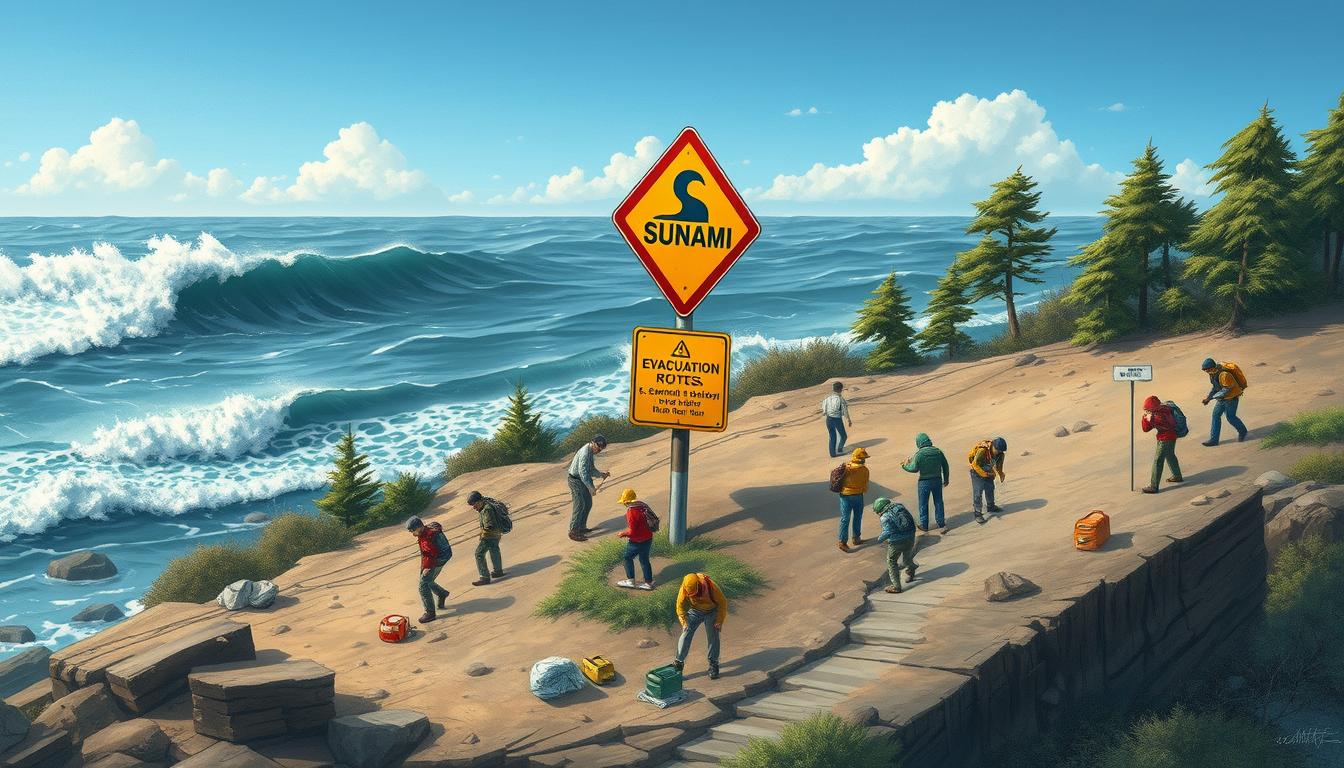
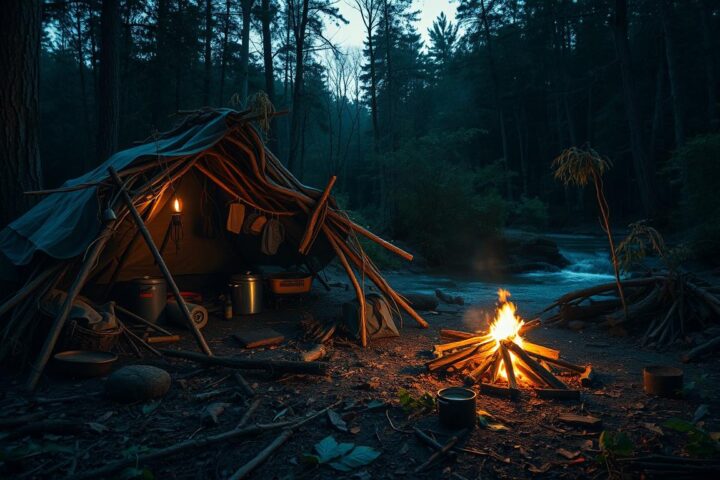
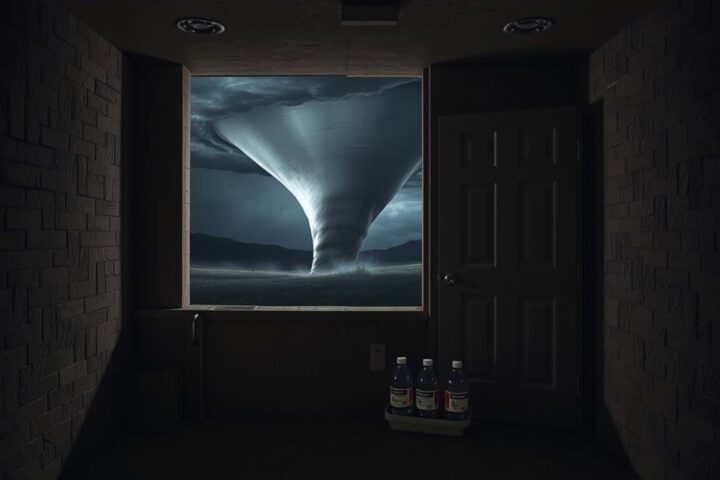

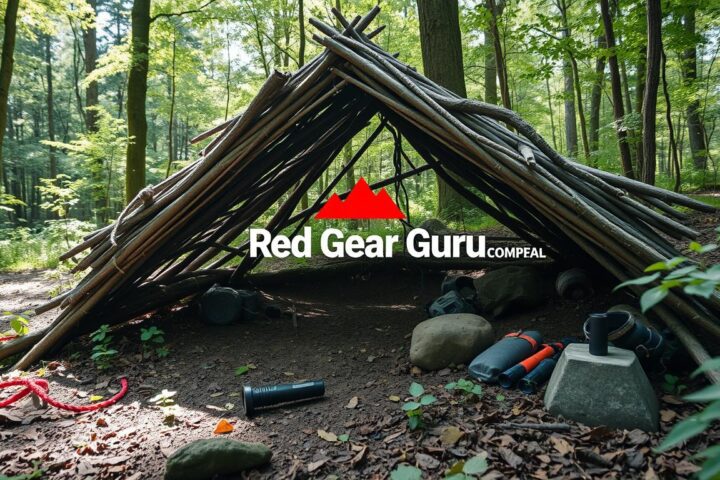





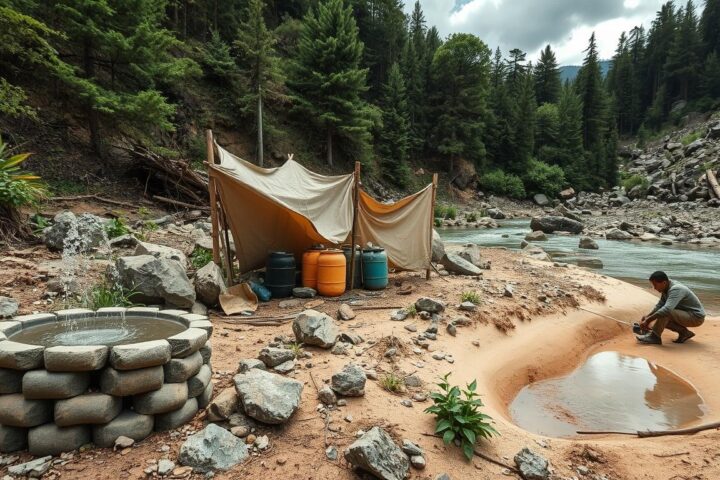
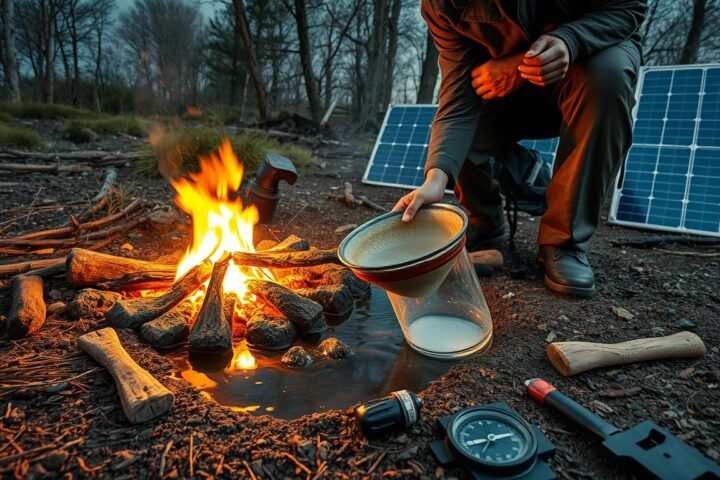


3cbgis